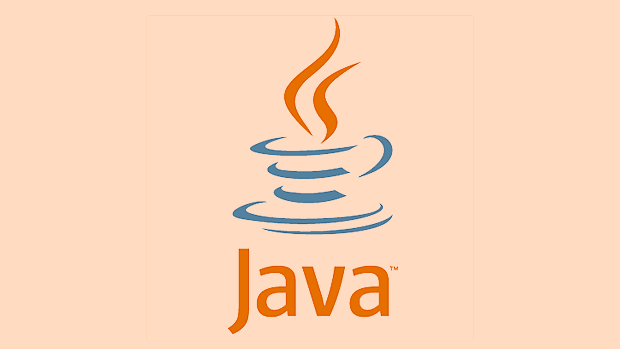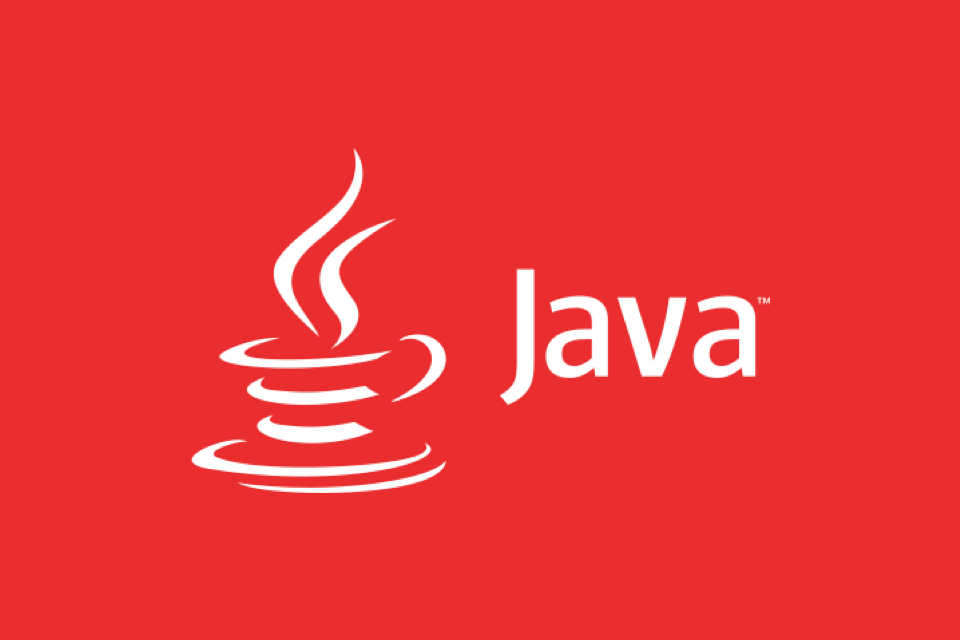How to work with PDF files in Java using Apache PDFBox?
Jul 10, 2025 pm 12:45 PMApache PDFBox is a common tool for processing PDF files in Java, supporting creation, reading, merging and adding watermarks. 1. Create PDF: Use PDDocument and PDPageContentStream to add pages and write contents; 2. Read content: Extract text through PDFTextStripper, but the scanned file cannot be recognized; 3. Merge files: Use PDFMergerUtility to add multiple source files and merge outputs; 4. Add watermark: Create transparent layers after loading the document and draw watermark text or images on the specified page. Be sure to close the document object after the operation is completed to avoid memory leakage.

Processing PDF files is a common requirement in Java, especially when generating reports, manipulating documents, or extracting content. Apache PDFBox is a powerful and open source library that can be used to create, manipulate, and extract PDF content. Here are some common operations implementation methods.

Create a new PDF file
If you need to generate a PDF from scratch, PDFBox provides basic API support.
-
First add dependencies (Maven example):

<dependency> <groupId>org.apache.pdfbox</groupId> <artifactId>pdfbox</artifactId> <version>2.0.27</version> </dependency>
Basic steps to create and write content:
- Create a document object using
PDDocument. - Add a page and write text or graphics through
PDPageContentStream. - Finally, remember to close the flow and documents to avoid resource leakage.
Sample code snippet:

PDDocument document = new PDDocument();
PDPage page = new PDPage();
document.addPage(page);
try (PDPageContentStream contentStream = new PDPageContentStream(document, page)) {
contentStream.beginText();
contentStream.setFont(PDType1Font.HELVETICA_BOLD, 12);
contentStream.newLineAtOffset(50, 700);
contentStream.showText("Hello, PDFBox!");
contentStream.endText();
}
document.save("output.pdf");
document.close();Read the contents of an existing PDF file
Extracting text content in PDF is another common task, such as doing keyword search or data extraction.
This task can be easily accomplished using the PDFTextStripper class:
PDDocument document = PDDocument.load(new File("input.pdf"));
PDFTextStripper stripper = new PDFTextStripper();
String text = stripper.getText(document);
System.out.println(text);
document.close();Note: Some PDFs are in the form of scanned or pictures. Such files cannot directly extract text and require OCR technical assistance.
Merge multiple PDF files
Sometimes you need to synthesize several PDFs into one, PDFBox's PDFMergerUtility can do this.
The usage is roughly as follows:
- Create
PDFMergerUtilityinstance. - Add multiple input sources.
- Set the output target.
- Call
mergeDocuments()method to merge.
Example:
PDFMergerUtility merger = new PDFMergerUtility();
merger.addSource("file1.pdf");
merger.addSource("file2.pdf");
merger.setDestinationFileName("merged_output.pdf");
merge.mergeDocuments(null);Add a watermark or signature page
Adding a watermark or attaching a signature page to the PDF can be achieved by overlaying a new layer.
Basic ideas:
- Load the original document.
- Create a new transparent layer.
- Draw watermark text or image on this layer.
- Overlay the layer on each page or on a specified page.
This part is a little more complicated and involves the use of PDPageContentStream and PDImageXObject . If you just add text watermarks, you can add translucent text at the top of each page in a similar way to create a PDF.
Basically these common operations. PDFBox has many functions, but the above are the most common scenarios encountered. When I first use it, I may feel that the class name is a bit confusing, but I will get familiar with it after trying it a few more times. It should be noted that remember to close the document object after operation, otherwise it will easily cause memory leakage.
The above is the detailed content of How to work with PDF files in Java using Apache PDFBox?. For more information, please follow other related articles on the PHP Chinese website!

Hot AI Tools

Undress AI Tool
Undress images for free

Undresser.AI Undress
AI-powered app for creating realistic nude photos

AI Clothes Remover
Online AI tool for removing clothes from photos.

Clothoff.io
AI clothes remover

Video Face Swap
Swap faces in any video effortlessly with our completely free AI face swap tool!

Hot Article

Hot Tools

Notepad++7.3.1
Easy-to-use and free code editor

SublimeText3 Chinese version
Chinese version, very easy to use

Zend Studio 13.0.1
Powerful PHP integrated development environment

Dreamweaver CS6
Visual web development tools

SublimeText3 Mac version
God-level code editing software (SublimeText3)

Hot Topics
 Difference between HashMap and Hashtable?
Jun 24, 2025 pm 09:41 PM
Difference between HashMap and Hashtable?
Jun 24, 2025 pm 09:41 PM
The difference between HashMap and Hashtable is mainly reflected in thread safety, null value support and performance. 1. In terms of thread safety, Hashtable is thread-safe, and its methods are mostly synchronous methods, while HashMap does not perform synchronization processing, which is not thread-safe; 2. In terms of null value support, HashMap allows one null key and multiple null values, while Hashtable does not allow null keys or values, otherwise a NullPointerException will be thrown; 3. In terms of performance, HashMap is more efficient because there is no synchronization mechanism, and Hashtable has a low locking performance for each operation. It is recommended to use ConcurrentHashMap instead.
 Why do we need wrapper classes?
Jun 28, 2025 am 01:01 AM
Why do we need wrapper classes?
Jun 28, 2025 am 01:01 AM
Java uses wrapper classes because basic data types cannot directly participate in object-oriented operations, and object forms are often required in actual needs; 1. Collection classes can only store objects, such as Lists use automatic boxing to store numerical values; 2. Generics do not support basic types, and packaging classes must be used as type parameters; 3. Packaging classes can represent null values ??to distinguish unset or missing data; 4. Packaging classes provide practical methods such as string conversion to facilitate data parsing and processing, so in scenarios where these characteristics are needed, packaging classes are indispensable.
 What are static methods in interfaces?
Jun 24, 2025 pm 10:57 PM
What are static methods in interfaces?
Jun 24, 2025 pm 10:57 PM
StaticmethodsininterfaceswereintroducedinJava8toallowutilityfunctionswithintheinterfaceitself.BeforeJava8,suchfunctionsrequiredseparatehelperclasses,leadingtodisorganizedcode.Now,staticmethodsprovidethreekeybenefits:1)theyenableutilitymethodsdirectly
 How does JIT compiler optimize code?
Jun 24, 2025 pm 10:45 PM
How does JIT compiler optimize code?
Jun 24, 2025 pm 10:45 PM
The JIT compiler optimizes code through four methods: method inline, hot spot detection and compilation, type speculation and devirtualization, and redundant operation elimination. 1. Method inline reduces call overhead and inserts frequently called small methods directly into the call; 2. Hot spot detection and high-frequency code execution and centrally optimize it to save resources; 3. Type speculation collects runtime type information to achieve devirtualization calls, improving efficiency; 4. Redundant operations eliminate useless calculations and inspections based on operational data deletion, enhancing performance.
 What is an instance initializer block?
Jun 25, 2025 pm 12:21 PM
What is an instance initializer block?
Jun 25, 2025 pm 12:21 PM
Instance initialization blocks are used in Java to run initialization logic when creating objects, which are executed before the constructor. It is suitable for scenarios where multiple constructors share initialization code, complex field initialization, or anonymous class initialization scenarios. Unlike static initialization blocks, it is executed every time it is instantiated, while static initialization blocks only run once when the class is loaded.
 What is the Factory pattern?
Jun 24, 2025 pm 11:29 PM
What is the Factory pattern?
Jun 24, 2025 pm 11:29 PM
Factory mode is used to encapsulate object creation logic, making the code more flexible, easy to maintain, and loosely coupled. The core answer is: by centrally managing object creation logic, hiding implementation details, and supporting the creation of multiple related objects. The specific description is as follows: the factory mode handes object creation to a special factory class or method for processing, avoiding the use of newClass() directly; it is suitable for scenarios where multiple types of related objects are created, creation logic may change, and implementation details need to be hidden; for example, in the payment processor, Stripe, PayPal and other instances are created through factories; its implementation includes the object returned by the factory class based on input parameters, and all objects realize a common interface; common variants include simple factories, factory methods and abstract factories, which are suitable for different complexities.
 What is the `final` keyword for variables?
Jun 24, 2025 pm 07:29 PM
What is the `final` keyword for variables?
Jun 24, 2025 pm 07:29 PM
InJava,thefinalkeywordpreventsavariable’svaluefrombeingchangedafterassignment,butitsbehaviordiffersforprimitivesandobjectreferences.Forprimitivevariables,finalmakesthevalueconstant,asinfinalintMAX_SPEED=100;wherereassignmentcausesanerror.Forobjectref
 What is type casting?
Jun 24, 2025 pm 11:09 PM
What is type casting?
Jun 24, 2025 pm 11:09 PM
There are two types of conversion: implicit and explicit. 1. Implicit conversion occurs automatically, such as converting int to double; 2. Explicit conversion requires manual operation, such as using (int)myDouble. A case where type conversion is required includes processing user input, mathematical operations, or passing different types of values ??between functions. Issues that need to be noted are: turning floating-point numbers into integers will truncate the fractional part, turning large types into small types may lead to data loss, and some languages ??do not allow direct conversion of specific types. A proper understanding of language conversion rules helps avoid errors.







